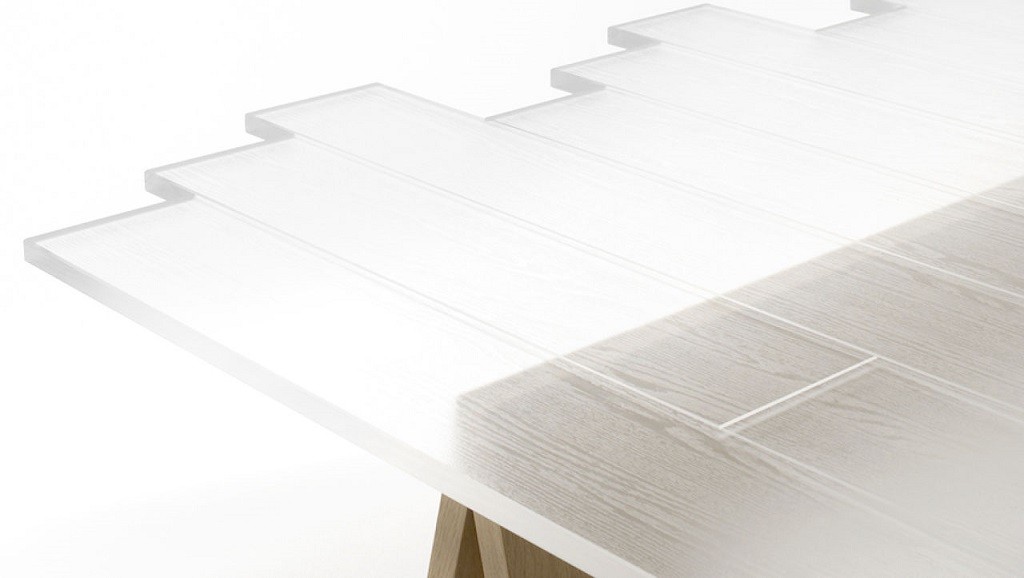Here comes a new material: the transparent wood

In construction industry, the materials are a continuously evolving branch: to meet modern men’s need renovating ancient finds and inventing something new, and a new discovery by a Sweden university is part of this concept. Who if not the home of wood could renovate and make suitable for mass production this ancient material? After all we are talking about a state that shook up the economy thanks to Ikea, and nevertheless is still the biggest wood exporter in the world.
Researchers from Stockholm’s KTH Royal Institute of Technology conceived a new kind of wood: the transparent wood. This new material has the same property of classic wood, thanks to which it became the first building material in human history: excellent thermal insulation, good sound and fire resistance, lightness and Young modulus similar to steel.

Wood’s transparency is obtained in two phases. First of all, the lignin, a complex organic polymer which is important in the formation of cell walls, is removed chemically; this complex is capable to stop around 80-95% of the light that passes through it. When the lignin is removed, the wood becomes incredibly white, but it’s not transparent at all. The second phase is to achieve a good transparency level, thanks to some nanoscale tailoring. The white porous substrate is impregnated with a transparent polymer, the Poly(methyl methacrylate), better known as Plexiglas. The result of these phases is a material capable of combining the property of wood with that of plastic polymer: this material is two times more resistant than Plexiglas and more transparent than glass.
Whole transparent wood buildings can be realized, with an enormous benefit for lighting; in fact, the natural lighting can directly penetrate the transparent walls, with costs decrease in artificial lighting. The internal privacy can still be permitted, using semi-transparent panels that could still let the light to come inside. Moreover, wood is a natural product and is cheap: so it is possible to create a natural balanced system.
sciencedaily.com
But today the researchers are working on the possibility to enhance the transparency of the material and scale up the manufacturing process; this type of material could also be used for solar panels and fixtures.
Hey, the future is now!

